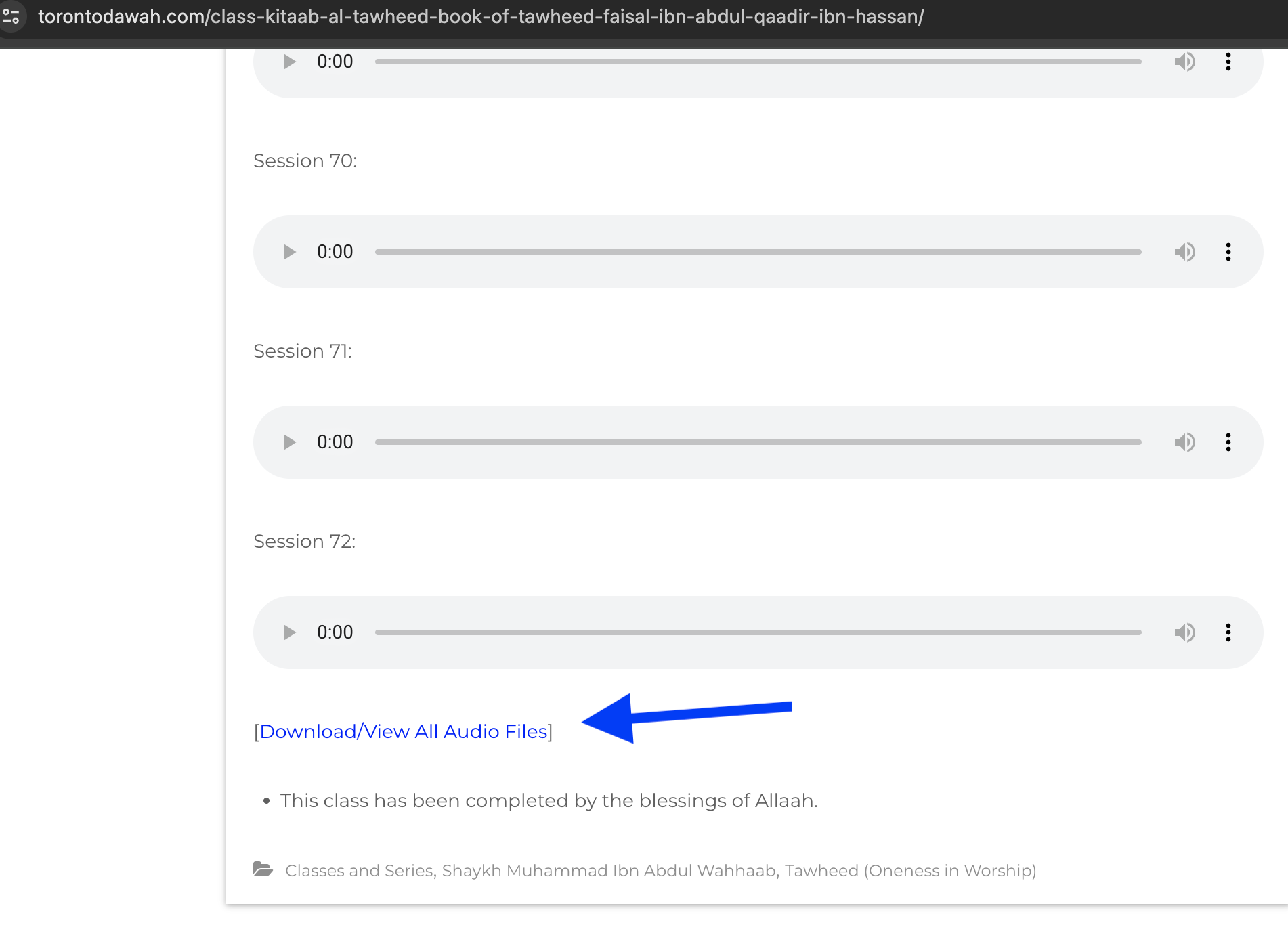It is a difference of opinion, but I mentioned briefly the various arguments on the issue.
The Prophet sallahu alayhi wa salam said:
عَلَيْكُنَّ بِالتَّسْبِيحِ وَالتَّهْلِيلِ وَالتَّقْدِيسِ وَاعْقِدْنَ بِالْأَنَامِلِ فَإِنَّهُنَّ مَسْئُولَاتٌ مُسْتَنْطَقَاتٌ وَلَا تَغْفُلْنَ فَتَنْسَيْنَ الرَّحْمَةَ
Upon you [the women] is the tasbih, tahlil, and taqdees [that is subhan Allah Malik al Quddus or Subbuh Quddus Rubb Malaaika wa ruh] and count them with the finger tips for they will be questioned and will speak.
[Reported by Tirmidhi and Abu Dawood and other Saheeh according to Shaikh Al Albani]
Imam al-Mubaarkfuri rahimahullah said in Tuhfa tul Ahwadhi:
أَيْ بِعِقْدِهَا أَوْ بِرُءُوسِهَا
“with the fingers: ie. with its joints or its head (of the finger)
He also says under another hadith:
بيده أي بأصابعها أو بأناملها أو بعقدها
“with his hand: that is: with the fingers or finger tip or joints of the finger”.
Imam Adheem Abaadi rahimahullah said the same in ‘Awn al-M’abood sharh sunan Abu Dawood.
Imam Mulla Ali Qari rahimahullah said the same in Sharh Mishkaat al Masaabih.
Imam Munaawi rahimahullah said in Fayd al-Qadeer:
واعقدن بالأنامل أي اعددن عدد مرات التسبيح بها وهذا ظاهر في عقد كل أصبع على حدته لا ما يعتاده كثير من العد بعقد الأصابع
“And count them on your finger tips that is: count them a number of times glorifying with it and this is apparent in the joint of every finger, limited, not what many are accustomed to from counting with the joints of the finger”.
Imam al-Fayroozabaadi rahimahullah said in his Qamus al-Muhit:
المفصل الأعلى الذي فيه الظفر من الإصبع
“the highest joint which in it is the nail from the finger”
Imam ibn Kathir rahimahullah said also in Tafsir ibn Kathir:
( وإذا لقوكم قالوا آمنا وإذا خلوا عضوا عليكم الأنامل من الغيظ ) والأنامل : أطراف الأصابع ، قاله قتادة
When they meet you they say: We believe and when they are alone bite their fingertips at you from rage
[3:119]
“Fingertips: tips of the fingers, Qatadah said that”.
So the more preferred view is, and Allah knows best, is counting on the finger tips. The second strongest view is counting on the whole finger.
Shaikh Ibn Uthaymeen rahimahullah said in Liqaa al-Baab al-Maftooh:
“…as for what some people do saying: subhan Allah wa Alhamdulliah wa Allahu Akbar in one finger, then this I don’t think is the sunnah. As for the sunnah, it is to count on the whole finger because of his (the Prophet’s) statement: count on the fingertips. Counting was well known with the Arabs and they do not count with every fingertip alone, but rather with the whole fingertip. For example he says ‘Subhan Allah wal Hamdulilah wa Allahu Akbar’ without pointing to the joints. Some people say ‘Subhan Allah wal Hamdulilah wa Allahu Akbar’ on every joint glorifying or praising Allah and this (but) I don’t think is the sunnah. The sunnah is this ‘Subhan Allah wal Hamdulilah wa Allahu Akbar, Subhan Allah wal Hamdulilah wa Allahu Akbar,Subhan Allah wal Hamdulilah wa Allahu Akbar’. Why? Because the Messenger sallahu alayhi wa salam said ‘Count on the fingertips’ and counting with the Arabs was not on every joint but with the fingers as is in the hadith of Ibn Umar radiallahu Anhu he counted Fifty-three or sixty Three”
But as mentioned earlier, since the definition of Anaamil is fingertip then that seems closer to the truth.
As for counting on the joints of each finger, Imam Munaawi and Shaikh ibn Uthaymeen have discredited it as not being the sunnah.
And Allah Knows Best.
Translated by
Faisal ibn Abdul Qaadir ibn Hasan
Abu Sulaymaan
—–
After mentioning the best method of how to count the Adhkaar on the fingers, I wanted to present the method of counting the Tasbeeh, Tahmeed, and Takbeer. The Scholars differ on this issue, but the most correct opinion seems, and Allah knows Best, is to join the Adhkaar together. So one should read: Subhan Allah, walhamdulliah, wallahu Akbar until he/she reaches thirty three times.
Below is a chapter from the Book entitled: Fathul Ma’een Bi Tasheeh Hadith Aqd Tasbeeh bi Yameen written by Fareeh ibn Salih with the introduction by Shaikh Abdul Aziz bin Abdillah bin Baz.
” كيفية عد التسبيح والتحميد والتكبير ”
How to Count the Tasbeeh, Tahmeed, and Takbeer
There has not come any clear evidence about how to do so specifically. So like that, it is performed together using the conjunction (و). So it is said: Subhanallah, wal-Hamdulilah, wallahu Akbar. Subhanallah, wal-Hamdullah, wallahu Akbar…until the specified number. It was said ‘it should be performed individually’, so it is said ‘Subhanallah, Subhanllah, Subhnallah’…until the specified number. Then ‘Alhamdulliah, Alhamdulliah, Alhamdulliah’…until the specified number. Then ‘Allahu Akbar, Allahu Akbar, Allahu Akbar’…until the specified number.
Imam Nawawi rahimahullah said in Sharh Muslim (5/93): “In regards to his statement about how to count the Tasbeeh, Tahmeed, Takbeer that Abu Salih rahimahullah said: Allahu Akbar, Subhanallah, Alhamdulliah thirty three times. He mentions after these Ahaadith from routes other than the route of Abu Salih. What is apparent from it is that Tasbeeh is made thirty three times separately, Takbeer is made thirty three times separately, and Tahmeed likewise. This is what is apparent from the Ahaadith. Qaadi ‘Iyyad said: it is more deserving than the interpretation of Abu Salih”.
Hafidh Ibn Hajr rahimahullah said in Fath (2/329): “Some have considered the strongest opinion to combine them due to the narration coming with the conjunction (و). That which is apparent to me is that both affairs are good, except that separating them has distinguishment over the other. That is that dhikr requires counting and for him for every movement of that, whether with the fingers or other than it, is reward, which the one who combines them only receives a third of”
The strongest opinion with me, and Allah knows best, is to perform them together using the conjunction (و) due to two reasons:
The Hadith of Abu Hurairah radiallahu anhu reported about this dhikr indicates this. It is what is reported by
Muslim in his Saheeh (2/97) that Sumayy the free servant of Abu Bakr ibn Abdurrahman, one of the narrators of the Hadith, narrated the Hadith of Abu Hurairah to his family. That is to perform the dhikr together. So they said: you made a mistake. Verily the Messenger sallahu alayhi wa salam said: Glorify Allah thirty three times, Praise Allah thirty three times, make Takbir thirty three times. So with that, Sumayy returned to his Shaikh Abu Salih. He is Dhakwaan az-Ziyaat one of the narrators. So he reported to him the differing that happened in his house in how to perform this dhikr. So Abu Salih took the hand of Sumayy and said: Subhanallah, walhamdulliah…wallahu Akbar. Subhanallah, walhamdullah etc.
So he combined them using the conjunction (و), and a narrator knows best his narration. So this is Sumayy and his Shaikh Abu Salih who narrated this Hadith who reported that the way to perform this is by combining them. However, Hafidh Ibn Hajr in Fath (2/392) and al-’Ayni in Umdatul Qaari (6/130) said:
Verily Imam Muslim rahimahullah did not connect the statement of Sumayy. So he narrated this Hadith to some of his family, so they said: you made a mistake…until the end”. The narration in Bukhari in his Saheeh (1/202) from the Hadith of Abu Hurairah indicates from the apparent that it should be performed together also because they differed on how to perform it. What is apparent is that it was the Companions radiallahu anhum when Abu Hurariah said:
اختلفنا بيننا
We differed
Some of us said that we should say, “Subhan-al-lah” thirty three times and “Al hamdu li l-lah” thirty three times and “Allahu Akbar” thirty four times. I went to the Prophet (ﷺ) who said, “Say, “Subhanallah”, walhamdulilah” wallahu Akbar”, thirty three times…until the end of the Hadith. This indicates that the way to perform this raises to the Prophet sallahu alayhi wa salam and he is the one who taught them the way to perform it. This is what is closer. This is what Shaikhul Islaam Ibn ul-Taymiyyah rahimahullah said in Majmoo’ al-Fatawa compiled by Ibn Qaasim (22/515). In the Saheeh also, it says: Subhanallah, walhamdullah, wallahu Akbar thirty three times. This is memorized by the explainers of the Hadith, like Hafidh Ibn Hajr, al-’Ayni, and other than them.
It is reported on the tongue of the Messenger sallahu alayhi wa salam, Ahaadith about the virtue of dhikr. What is apparent from them is that they should be performed together. For example, his sallahu alayhi wa salam statement from the Hadith of Anas radiallahu anhu:
ان سبحان الله ، والحمد لله ، ولا إله إلا الله ، والله أكبر ، تنفض الخطايا كما تنفض الشجرة ورقها
“Verily Subhanallah, wal-Hamdulliah, wa La illah illa Allah, wallahu Akbar remove the sins like how the tree loses its leaves”
[Reported in Ahmad (3/152)]
And from the Hadith of Ibn Abi Awfa radiallahu anhu:
سبحان الله ، والحمد لله ، ولا إله إلا الله ، والله أكبر ، ولا حول ولا قوة إلا بالله
Subhanallah, Walhamdullah, Wa La illah illa Allah, wa la huwa wa la Quwwata illa Allah”
[Reported Ahmad (4/352)]
[Source]
Translated by
Faisal Ibn Abdul Qaadir Ibn Hassan
Abu Sulaymaan




